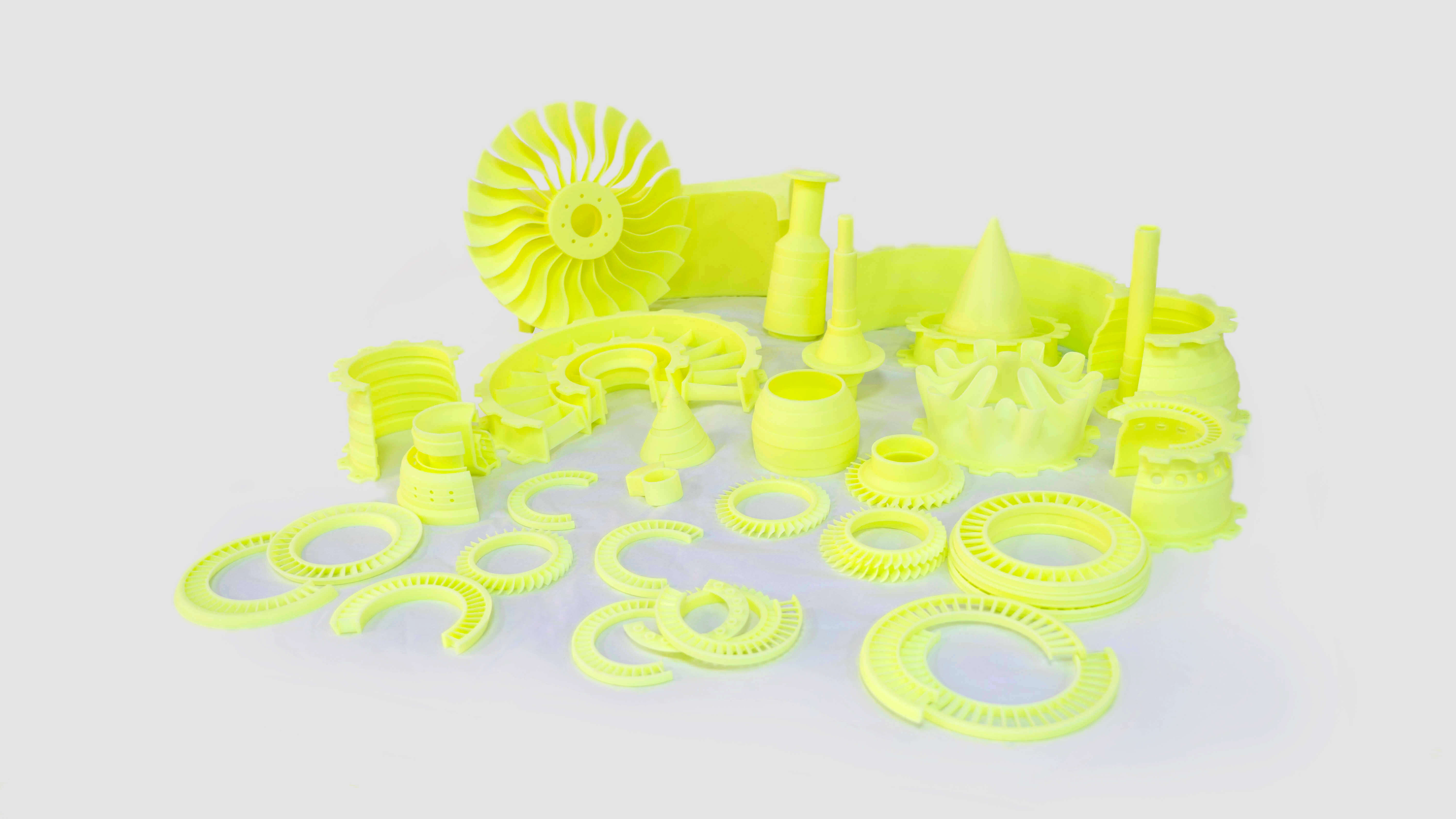In today's fast-paced world, the concept of design flexibility has emerged as a pivotal element in the creation of adaptable workspaces. As organizations strive to meet the evolving demands of their workforce, understanding how design flexibility can enhance functionality and productivity becomes essential.

Understanding Design Flexibility
Design flexibility refers to the ability to modify and adapt workspace layouts and configurations to suit various needs. This adaptability is crucial in fostering an environment that promotes collaboration, creativity, and efficiency. But what factors contribute to effective design flexibility?
- Modular furniture systems
- Open floor plans
- Technology integration
- Adjustable lighting and acoustics
These elements allow organizations to create spaces that can be easily reconfigured based on the specific requirements of teams or projects. For instance, a workspace designed with modular furniture can be transformed from a collaborative area into a focused work zone within minutes.
The Importance of Adaptable Workspaces
Adaptable workspaces are not merely a trend; they are a necessity in the modern workplace. As remote work and hybrid models gain traction, organizations must consider how design flexibility can support diverse working styles. By providing options for both collaborative and individual work, businesses can enhance employee satisfaction and productivity.
"The future of work is not about where you work, but how you work." – Unknown
Moreover, adaptable workspaces can lead to significant cost savings. By investing in flexible designs, companies can reduce the need for extensive renovations or relocations as their needs change. This approach not only saves money but also minimizes disruption to daily operations.
Implementing Design Flexibility
To effectively implement design flexibility, organizations should consider the following strategies:
- Conduct a needs assessment to understand the specific requirements of your workforce.
- Invest in versatile furniture that can be easily rearranged or reconfigured.
- Incorporate technology that supports remote collaboration and communication.
- Encourage feedback from employees to continuously improve workspace design.
By following these steps, businesses can create a dynamic environment that adapts to the changing needs of their teams.
Real-World Examples of Design Flexibility
Several companies have successfully embraced design flexibility in their workspaces. For instance, the XYZ Modular Desk System allows users to customize their workspace layout easily. This system is designed to accommodate various work styles, making it an excellent choice for organizations aiming to enhance adaptability.

Additionally, the Innovative Workspace Design video showcases how companies are leveraging design flexibility to create environments that foster collaboration and creativity.
Conclusion
In conclusion, the role of design flexibility in creating adaptable workspaces cannot be overstated. As organizations continue to navigate the complexities of modern work environments, embracing flexibility in design will be key to fostering productivity, collaboration, and employee satisfaction. By prioritizing adaptable designs, businesses can ensure they remain competitive and responsive to the needs of their workforce.








